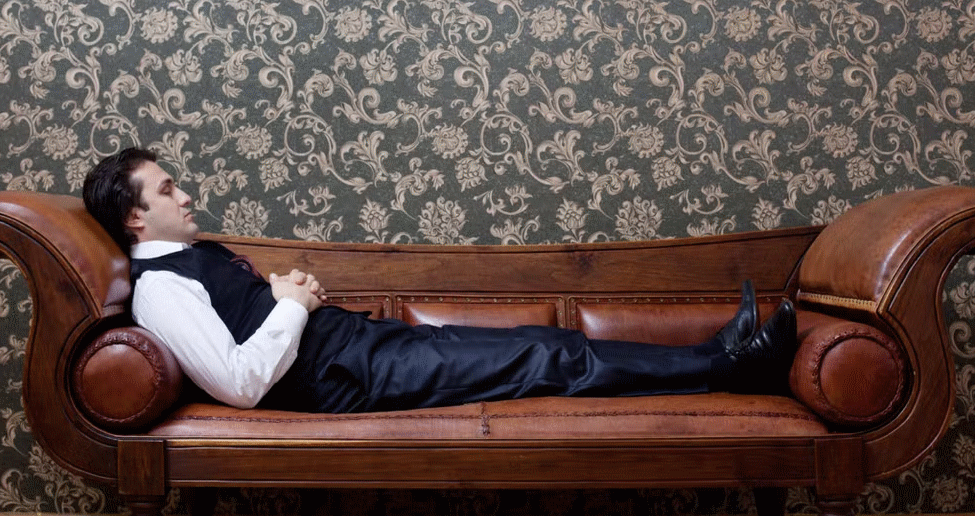Guided imagery is a therapeutic technique that harnesses the power of imagination to promote relaxation, reduce stress, and enhance overall well-being. In guided imagery, a trained therapist or practitioner guides individuals through a series of vivid mental images, encouraging them to engage their senses and emotions to create a deeply immersive experience. Let’s explore what guided imagery is and how it works as a therapeutic tool.
1. Understanding Guided Imagery:
Guided imagery involves the use of verbal prompts and suggestions to lead individuals into a relaxed state where they can visualize specific scenes, scenarios, or experiences. These visualizations are often tailored to the individual’s needs and goals, addressing areas such as stress reduction, pain management, healing, or personal growth. Guided imagery can be conducted one-on-one with a therapist or in group settings, and it can also be self-administered using recorded audio scripts.
2. How Guided Imagery Works:
Guided imagery works by tapping into the mind-body connection and leveraging the brain’s capacity to respond to mental imagery as if it were real. When engaged in guided imagery, individuals activate the same neural pathways and physiological responses that would occur during actual experiences, such as relaxation, increased heart rate variability, and changes in hormonal levels. By immersing themselves in positive, soothing, or empowering mental images, individuals can evoke feelings of calmness, resilience, and inner strength.
3. Components of Guided Imagery:
Guided imagery sessions typically include several key components:
- Relaxation: The process often begins with relaxation techniques to calm the body and quiet the mind, such as deep breathing, progressive muscle relaxation, or mindfulness meditation.
- Visualization: Participants are guided to imagine specific scenes, settings, or scenarios using vivid sensory imagery, including sights, sounds, smells, textures, and emotions.
- Positive Affirmations: Throughout the visualization, individuals may receive positive affirmations or suggestions tailored to their goals, reinforcing feelings of confidence, empowerment, and well-being.
- Symbolism and Metaphor: Guided imagery often incorporates symbolic elements or metaphors that resonate with the individual’s personal experiences and subconscious mind, facilitating deeper insights and emotional healing.
4. Benefits of Guided Imagery:
Guided imagery offers a wide range of potential benefits for mental, emotional, and physical health, including:
- Stress Reduction and Relaxation
- Pain Management
- Anxiety and Depression Relief
- Enhanced Emotional Regulation
- Improved Sleep Quality
- Increased Self-Confidence and Self-Efficacy
- Accelerated Healing and Recovery
5. Applications of Guided Imagery:
Guided imagery can be integrated into various therapeutic modalities and used to complement traditional psychotherapy, medical treatments, or wellness practices. It is commonly employed in settings such as:
- Psychotherapy and Counseling
- Stress Management Programs
- Pain Clinics and Rehabilitation Centers
- Cancer Care and Palliative Care
- Sports Psychology and Performance Enhancement
- Mindfulness-Based Interventions
In summary, guided imagery is a powerful therapeutic technique that harnesses the imagination to promote relaxation, healing, and personal growth. By engaging in guided imagery sessions, individuals can access their inner resources, cultivate resilience, and embark on a journey of self-discovery and transformation.

